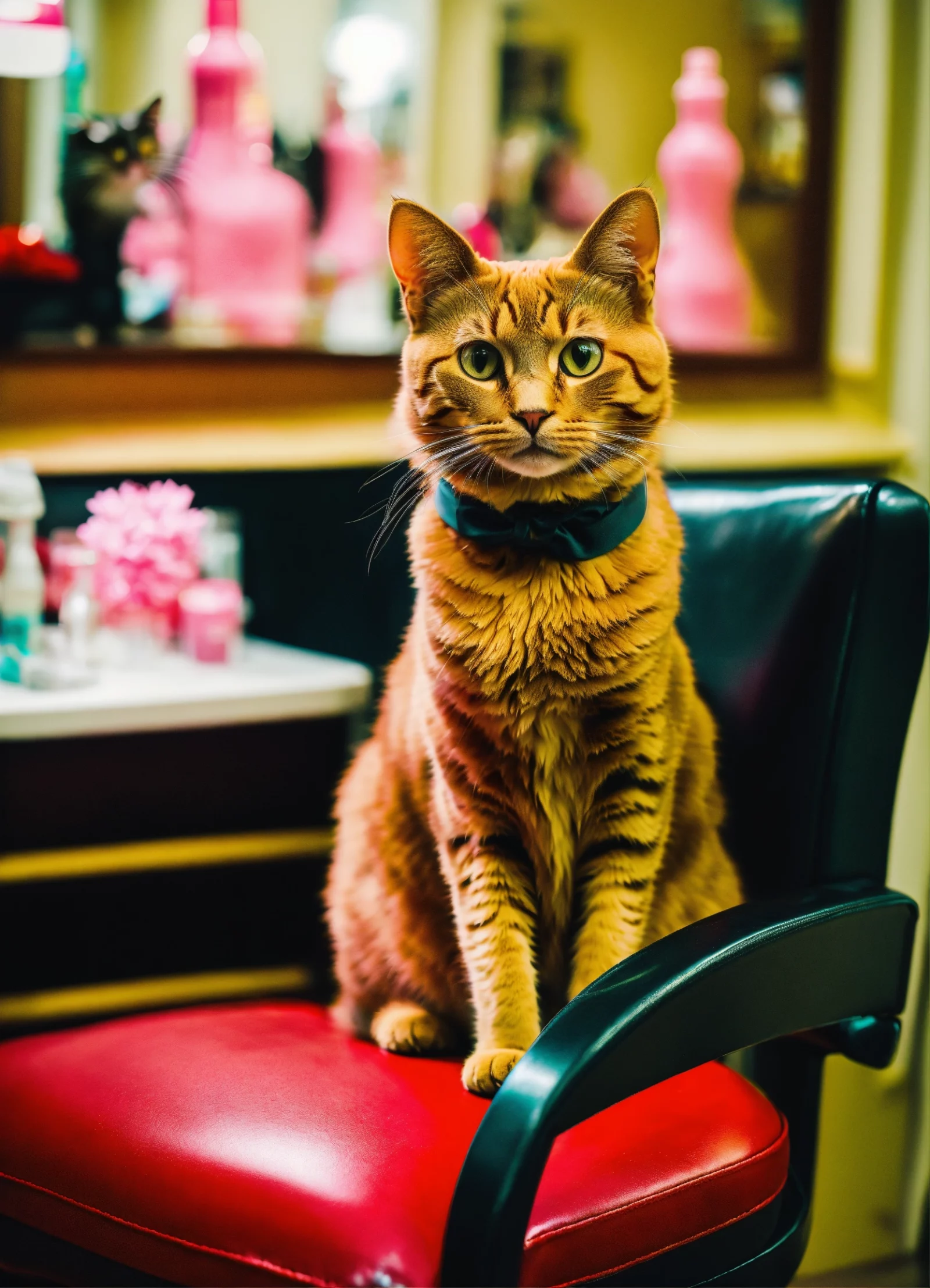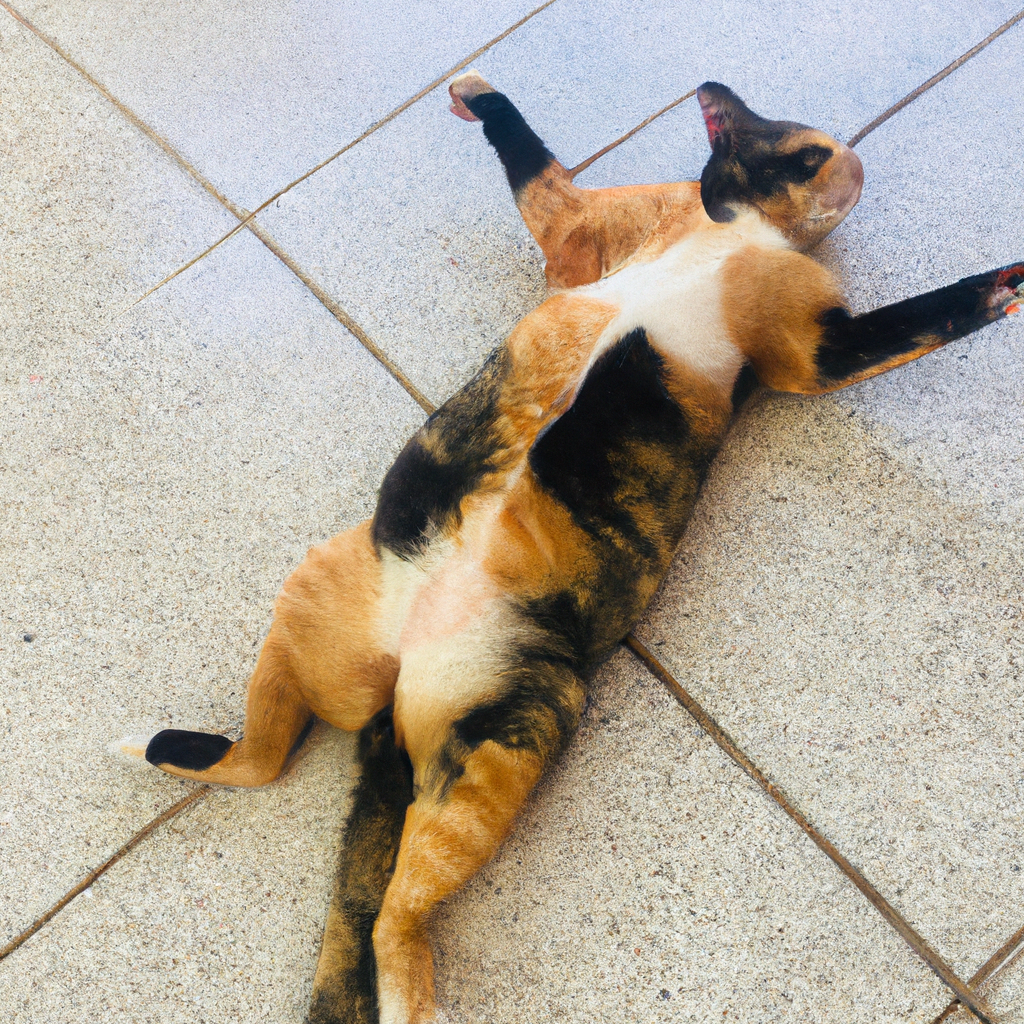Cats are beloved pets, but they can sometimes display behaviour that can be difficult to manage. From scratching furniture to urinating outside the litter box, cats can display a range of behaviours that can be frustrating for owners. Fortunately, there are ways to deal with common cat behaviour issues.
Scratching Furniture
Scratching furniture is a common behaviour in cats, and it can be difficult to manage. The best way to deal with this behaviour is to provide your cat with an appropriate scratching post. Make sure the post is sturdy and tall enough for your cat to stretch out while scratching. Place the post in an area where your cat likes to spend time, and encourage them to use it by sprinkling catnip on it. If your cat continues to scratch furniture, try covering the furniture with double-sided tape or aluminum foil to make it less appealing.
Urinating Outside the Litter Box
Cats may urinate outside the litter box for a variety of reasons, including stress, medical issues, or a dislike of the litter box. If your cat is urinating outside the litter box, the first step is to take them to the vet to rule out any medical issues. If your cat is healthy, try changing the type of litter you use or the location of the litter box. Make sure the litter box is in a quiet, low-traffic area and that it is cleaned regularly. If your cat is still having issues, try using a pheromone diffuser to reduce stress.
Excessive Meowing
Cats may meow excessively for a variety of reasons, including hunger, boredom, or attention-seeking behaviour. If your cat is meowing excessively, try to identify the cause. If your cat is meowing for attention, try to ignore them and provide them with toys and activities to keep them occupied. If your cat is meowing for food, try feeding them at regular intervals throughout the day. If your cat is meowing due to boredom, try providing them with more interactive toys and activities.
Aggression
Cats may display aggression towards other cats, people, or objects. If your cat is displaying aggressive behaviour, the first step is to identify the cause. If your cat is displaying aggression towards other cats, try to provide them with separate areas to avoid conflict. If your cat is displaying aggression towards people, try to provide them with positive reinforcement when they display non-aggressive behaviour. If your cat is displaying aggression towards objects, try to provide them with appropriate toys to redirect their energy.
By following these tips, you can help manage common cat behaviour issues. Remember to be patient and consistent, and to seek professional help if needed. With the right approach, you can help your cat live a happy and healthy life.







Leave a Reply